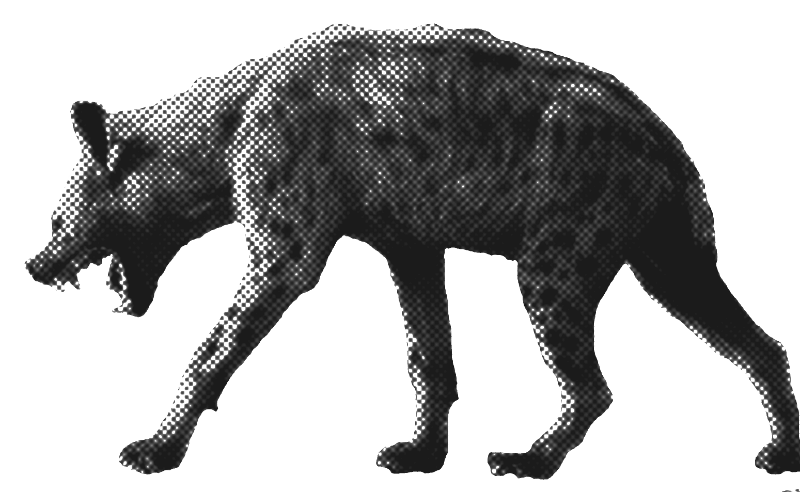Moleón, M. & Sánchez-Zapata (2015) The living dead: time to integrate scavenging into ecological teaching. BioScience 65, 1003-1010.
Moleón, M. & Sánchez-Zapata (2016) Non-trophic functions of carcasses: from death to the nest. Frontiers in Ecology and the Environment 14, 340-341.
Moleón, M. et al. (2014) Inter-specific interactions linking predation and scavenging in terrestrial vertebrate assemblages. Biological Reviews 89, 1042-1054.
Moleón, M. et al. (2015) Carcass size shapes the structure and functioning of an African scavenging assemblage. Oikos 124, 1391-1403.
Moleón, M. et al. (2017) Carnivore carcasses are avoided by carnivores. Journal of Animal Ecology 86, 1179-1191.
Moleón, M. et al. (2020) The components and spatiotemporal dimension of carrion biomass quantification. Trends in Ecology & Evolution 35, 91-92.
Pereira, L.M. et al. (2014) Facultative predation and scavenging by mammalian carnivores: Seasonal, regional and intra-guild comparisons. Mammal Review 44, 44-55.
Redondo-Gómez, D. et al. (2023) Top-predator carrion is scary: fight-and-flight responses of wild boars to wolf carcasses. Ecology and Evolution 13, e9911.
Sebastián‐González, E. et al. (2019) Scavenging in the Anthropocene: human impact drives vertebrate scavenger species richness at a global scale. Global Change Biology 25, 3005-3017.
Sebastián-González, E. et al. (2023) The underestimated role of carrion in vertebrates’ diet studies. Global Ecology and Biogeography.


